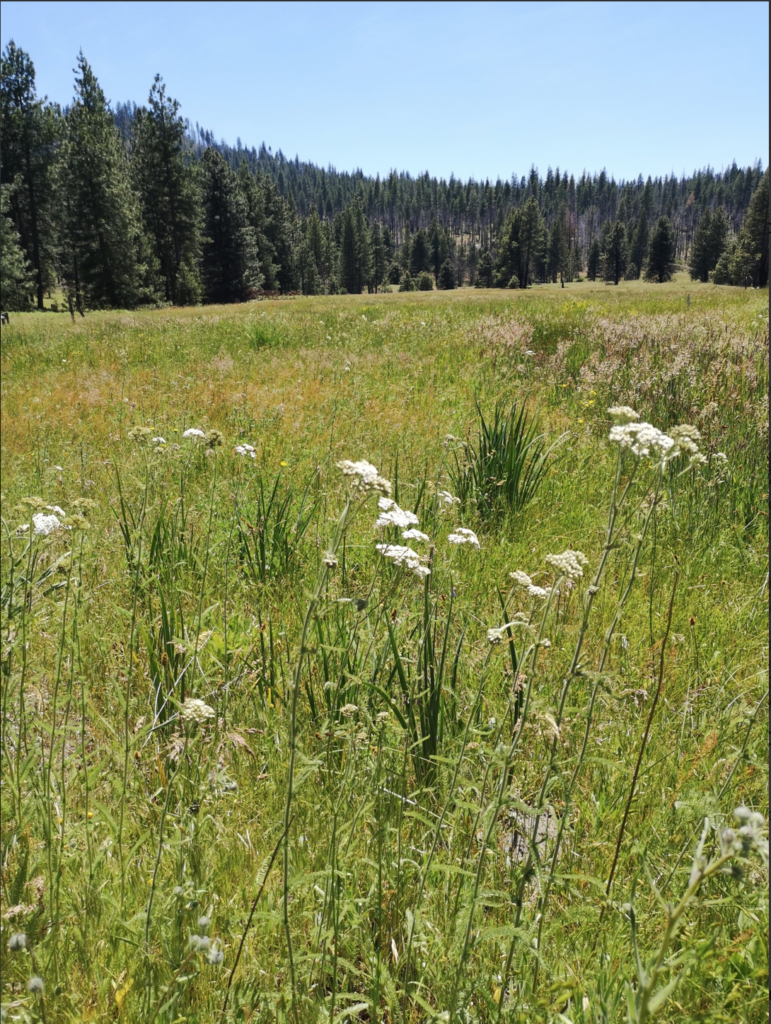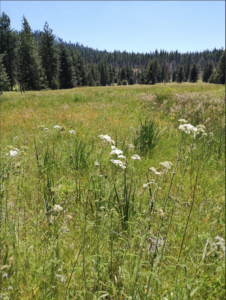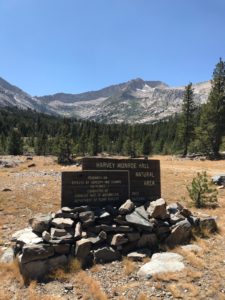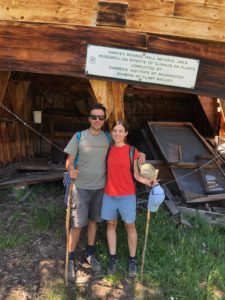
Revisiting local adaptation to climate change 90 years after

The California Sierra Nevada is legendary for its biodiversity and cultural and scientific heritage. However, ongoing climate change poses serious threats to the conservation and sustainability of these environments.
This research project involves revisiting the famous studies of local adaptation initiated by Dr. H. M. Hall in the 1920’s and continued by California botanists Jens C. Clausen, William M. Hiesey, and David D. Keck in the 30’s. They showed, for the first time in history, how species evolve and locally adapt to different environments. In particular, they recorded the occurrence and phenotype of the same species (common yarrow, Achillea millefolium) across a broad climatic gradient ranging from the coast (Bodega Bay) to the basin (Lee Vining) passing through Yosemite. By growing plants from seeds in a common garden at Stanford, they then demonstrated how plants evolved to different environmental conditions and posed locally adapted genes – some years before the actual discovery of DNA.
The purpose of this study is to revisit the study of Hall, Clausen and colleagues 90 years after, which means in climatic and environmental conditions remarkably different than 90 years ago. Our objective is to examine how evolution and local adaptation changed during this last century of changing climate conditions. We will do so by comparing current results with data published by Clausen and colleagues.
The outcome of this research will help us understand plants’ evolutionary response to climate change.


